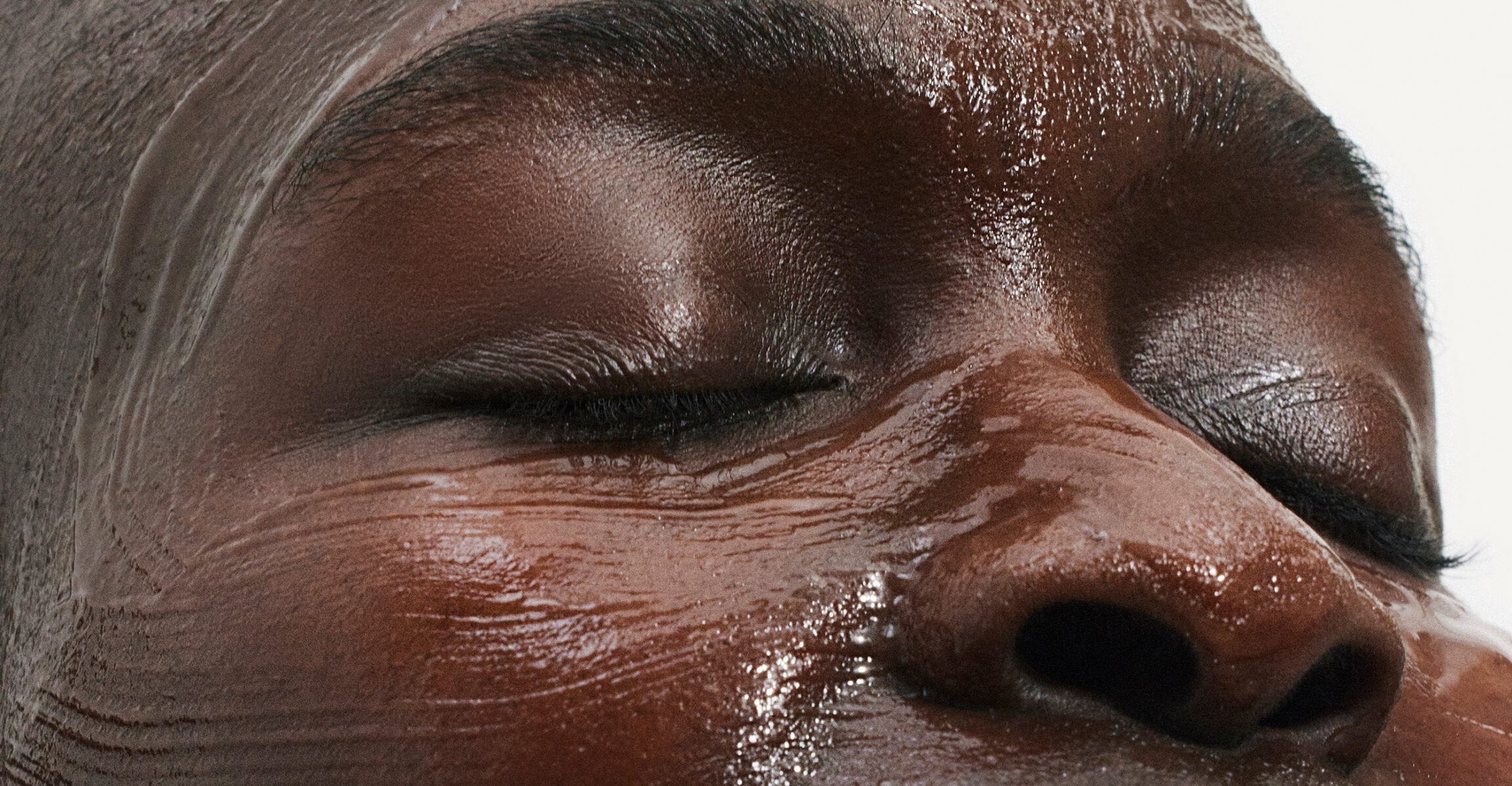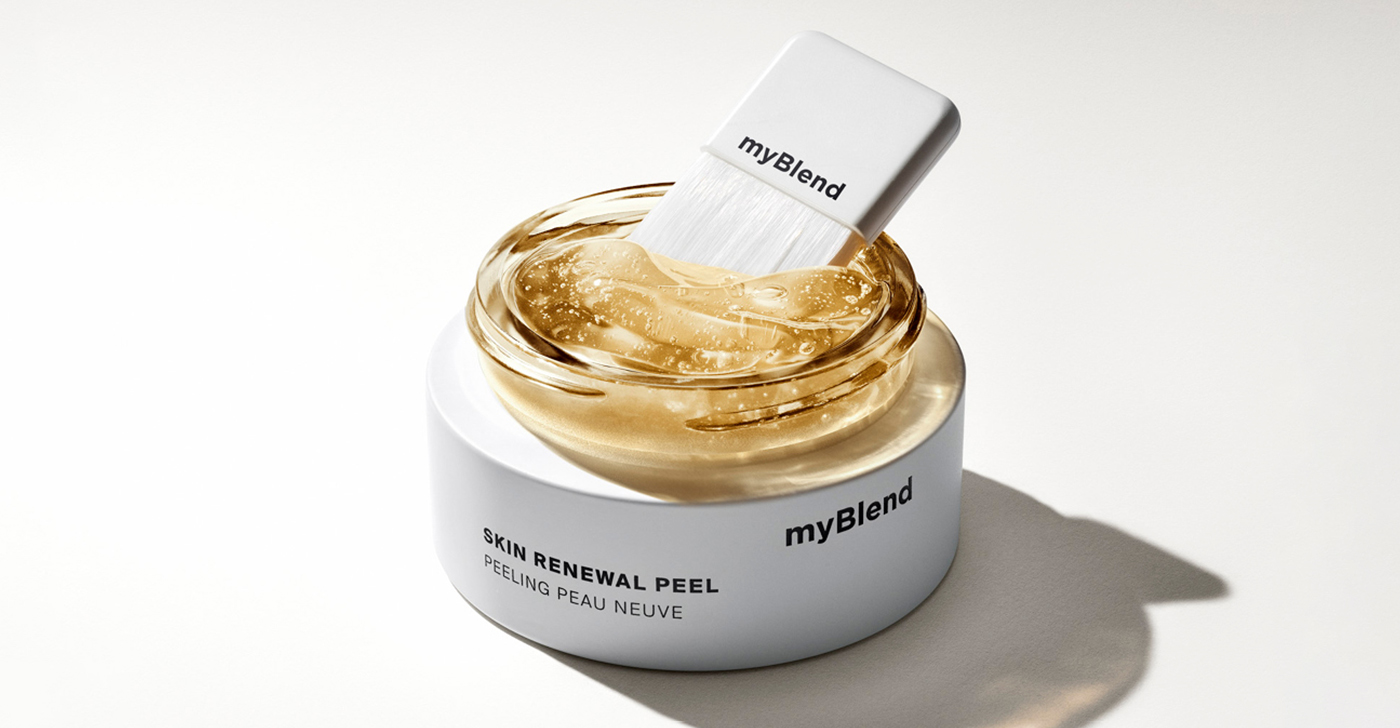


Experts/Scientists
March 14th, 2023
BRINGING AHA/BHA INTO THE SPOTLIGHT
By Florence Masson, dermatologist and aesthetic medicine specialist.
Spring has sprung, and everyone wants to get outside in the fresh air to oxygenate their skin. So now is the perfect time for a good peel, to restore soft, luminous skin and leave the complexion radiant and healthy!
To achieve that, look no further than Alpha-Hydroxy Acids (AHAs) and Beta-Hydroxy Acids (BHAs). Both are recognised for their exfoliating power and anti-ageing effect, and they complement each other because each has its own secrets. Confused? We’re here to explain.
AHAS: unique exfoliation
“Fruit acids” are aptly named, because they are found in apples (malic acid), citrus fruit (citric acid), and grapes (tartaric acid). What you may not know is that they are also found in sugar cane (glycolic acid), fermented milk (lactic acid), and even in synthetic form.
They are soluble in water and have an extraordinary effect on the skin surface because they weaken the bonds between dead cells. They are quickly eliminated and allow the upper layer of the the epidermis to renew itself. This process detoxifies the skin, and with its impurities eliminated, it becomes more receptive to moisturising or anti-ageing products.
In addition to their exfoliating power, AHAs improve the quality of elastin (the precious elastic fibres in the dermis) and stimulate collagen synthesis, leaving the epidermis more supple, more even, firmer and soft to the touch. A rejuvenating effect is guaranteed!

KEY AHAS IN COSMETIC PRODUCTS
Glycolic acid: the best known and the most often used because it is so effective (due to its light molecular weight), this acid is also the most irritating.
Lactic acid: a softer alternative to glycolic acid that is more suitable for sensitive skin.
Tartaric acid: with antioxidant and brightening effects, it has a gentler exfoliating action. It is also used to optimise the performance of other AHAs as it maintains the pH level at which they are most effective.
Pyruvic acid: this also has antioxidant, brightening and anti-inflammatory properties, and helps to stabilise formulas.
Citric acid: like tartaric acid, this is known as a “weak” AHA, and helps regulate the skin’s pH. It is also an excellent natural preservative
BHAs: DEEPER ACTION
While AHAs are water-soluble, BHAs are liposoluble, which means they dissolve in fat! They therefore attack the intercellular lipids, which keep the dead cells on the surface. But, unlike AHAs, they also act in depth. As they pass through the follicles, they are able to reach deep inside the pores, so they exfoliate and unclog excess sebum build-up. As a result, the skin texture is smoother and tighter.
As champions in the treatment of skin with imperfections because of their anti-inflammatory and antibacterial properties, BHAs help fight effectively against blackheads and an uneven skin tone. These qualities make it a key ally for oily and acne-prone skin.

SALICYLIC ACID: STAR BHA
You may recognise its name because it is an ingredient in aspirin tablets! Found naturally in white willow, birch bark and wintergreen leaves, salicylic acid is the most widely used BHA in cosmetics, though usually in synthetic form.
It is also the most powerful BHA! Less irritating than glycolic acid because of its (larger) molecule size and its anti-inflammatory qualities, it is a saviour for acne-prone skin. Because as well as its exfoliating action, it cleanses and purifies the pores, reduces sebum production: redness disappears and the complexion is left even. An essential ingredient in the quest for flawless skin!
AHAs AND BHAs: COMMON PROPERTIES
Even though they are incredibly effective, AHAs and BHAs can irritate very sensitive skin. But with a few precautions, you can make the most of their wonderful qualities. We have special advice from our expert dermatologist to make sure you use these allies for beauty with complete peace of mind.
- Start with a low-concentration peel and limit yourself to one application per week to let your skin become accustomed to the product.
- If you have plans to go out in the sun, wait until you get back to start your new routine.
- Once your skin is used to it, gradually increase the frequency of applications and/or switch to a more concentrated product.
- Apply to well-cleansed, dry skin, preferably in the evening when cell renewal is at its peak.
- Dab a small amount onto the face, avoiding fragile areas such as the eyelids, neck and décolleté.
- Moisturise liberally to keep irritation at bay and optimise the effects of the acids.
- Choose either Retinol or AHAs/BHAs! A combination of both could dehydrate your skin. If you are planning on having a facial, make sure your therapist knows you are applying these products.
- Do not expose your face to the sun after your peel. And no matter what the season, protect it with sunscreen for the duration of the programme, and for at least 1 to 2 weeks afterwards. Choose an SPF of at least 30, and apply it each morning, repeating every two hours.
- If, despite all these precautions, your skin feels tight or begins to peel, or if it looks unusually red, don’t panic! Apply slightly less often, and in smaller amounts. And make sure you moisturise well over the following days.
AHAs and BHAs are essential to renew the skin during the spring, and they are important assets in effective exfoliation to regenerate the skin. Often used together to get the very best results, you will get the best out of them if you find the right regimen. So start slowly, and your patience will soon be rewarded !